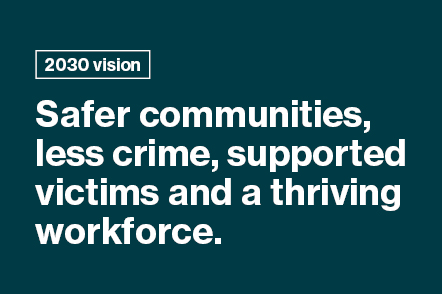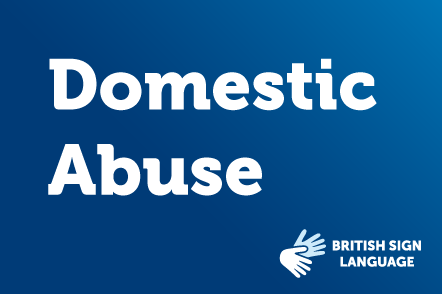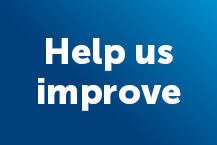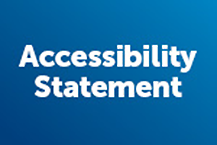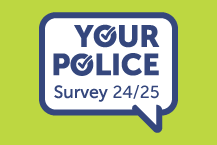Cyclists
This page looks at how to be safe on the road, what to do if you're in an collision and children cyclists.
On this page:
What to do if you’re involved in a collision with a motor vehicle?
Being safe on the road
Many collisions happen to cyclists because car drivers don't see them until it is too late. This problem is worse at night and when the weather is bad. By wearing the right clothing, drivers will be more likely to see you.
Bright and fluorescent materials should be worn in the daytime and reflective materials at night.
Fluorescent clothing allows drivers to see you a lot easier than dark clothing.
In order to be seen at night, you will need to wear reflective clothing. This reflects the light back at the drivers. This allows them to see you.
Reflective material is available as self-adhesive strips, stickers etc. It can easily be attached to clothes and other items such as bags.
Wearing a helmet may help protect your head if you are involved in a collision. Make sure this is fitted properly.
Maintaining your bike will make sure your bike is roadworthy. This will protect you on the road.
Below are a few things you should be checking:
- Brakes - fix them so they can can be used with only a small amount of pressure
- Tyres – inflated to the correct pressure
- Chain – tension checked, clean and oiled
- Steering – headset correctly adjusted
- Reflector(s) – clean and ensure they are on view to other road users
- Lights - At night your bike must have a white front and your red back lights lit.
Your bike must also be fitted with a red rear reflector (and amber pedal reflectors, if manufactured after 1/10/85).
White front reflectors and spoke reflectors will also help you to be seen.
Flashing lights are allowed. It is recommended that cyclists who are riding in areas without street lighting use a steady front lamp.
What to do if you’re involved in a collision with a motor vehicle?
Advice if you are involved in a collision with a motor vehicle.
- Get off the road and get to a safe place
- Stay calm
- Seek medical attention if required
- If you are injured or you suspect that an offence has occurred, you should report the incident to the Police
- Report this as soon as possible and within 24 hours (call 101 or attend at your local station)
- If there is a bad injury or the road is blocked, call 999 requesting the police or ambulance attendance
- The driver of a motor vehicle must stop and provide their name, address and the name and address of the vehicle owner.
- They must also provide the vehicle registration number (Section 170 of the Road Traffic Act 1988)
- If the driver does not stop, note the registration number of any vehicles involved. Take details of any additional witnesses before contacting the police.
Visit Cycling Scotland for Safety and Training Videos
Children and bikes
When your child is learning to ride their bike take some time to teach them road safety skills:
- Teach your child how to check their bike is safe to use
- Make sure the bike is the right size for your child
- Make sure your child has a helmet which fits and is worn correctly (it should not be pushed too far back on the head)
- Helmets must be properly fastened and secure
- Make sure your child wears high-visibility clothing.
- Let your child know which roads they are allowed to cycle on
- Teach your child what hazards they should be aware of
- When out and about with your child look at cyclists and talk about how easy they are to see.
Find out if cycle training for your child is available in your area by visiting the Bike Ability Scotland website.


